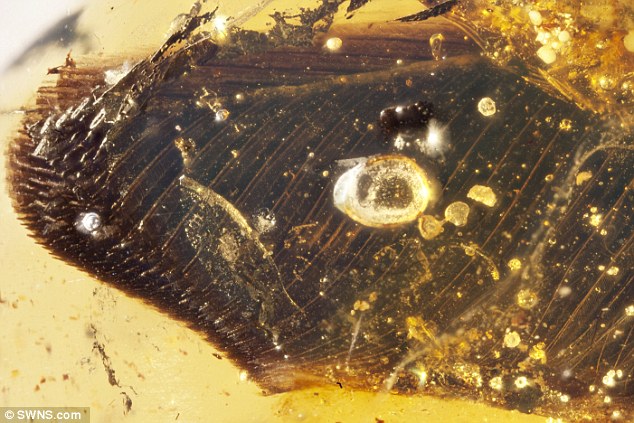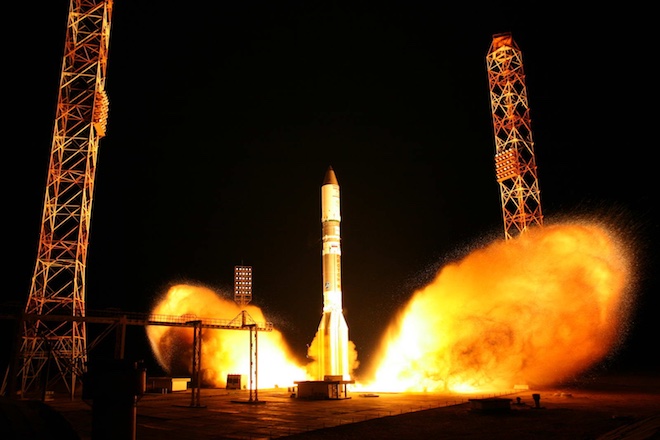Russia has increased its participation in the European Synchrotron Radiation Facility, which was originally built and used without the participation of Russian scientists. This complex was established in 1994 jointly by 20 countries, the ESRF synchrotron is an electronic multi-channel output synchrotron radiation from bending magnets and other sources of radiation. Synchrotron – a circular particle accelerator such as the Large Hadron Collider (LHC), only smaller
So, the LHC ring has a length of about 30 km and the ESRF -. 844 m .
<-! place 8296043, / science ™ / 2016/06 / 10_a_8296043.shtml, nm2015 / v2 / article / incut, incut2_link ->
However, if the accelerators like Baku, physics studied the structure of elementary particles and their interactions, the Grenoble serves primarily as a source of synchrotron radiation. Synchrotron Radiation Center, located in Grenoble (France), is today the most prominent and productive X-ray source in the world and a leader in the stability of the unit. These features attract many professionals from around the world who conduct experiments in the field, not only in physics, chemistry and materials science, but also biology, medicine, archeology and other applied sciences. work ESRF funded by 18 European countries and Israel until recently.
However, in 2014 Russia became a full member of the European Synchrotron Radiation Facility, and for the second consecutive year at the facility work teams Russian scientists.
As a compensation for the construction of the installation costs ESRF Council has set for the Russian one-off one-time fee in the amount of € 10.0 million (at the money Russia proposed to develop two new access points to a pencil hard X-rays ) and identified every year since 2014, the contribution of the Russian Federation to the budget -. € 5,26 million
Strengthening of Russia’s presence in one of the most modern and powerful scientific installations of the world was one of the objectives was held on the eve of the visit of Russian Minister of education and science Dmitry Livanov.
Russia’s participation in the ESRF provides not only an opportunity for Russian scientists to conduct first-class research in the heavy duty X-ray source. In the long term this will reduce costs for the design and construction of an international fourth-generation installations Issy-4 on the territory of Russia and, in theory, would guarantee to foreign partners to invest in its construction, assured the Russian authorities
<-.! Place 8,265,521, /science/2016/05/26_a_8265521.shtml,nm2015/v2/article/incut,incut3_link ->
«Our cooperation involves not only research, but also the technological interaction. Russia has ambitious plans to build a large research centers, and in this area we are actively working together. I am more than happy to participate in the Russian center of the work, this creates additional opportunities for all, – he said at the meeting Director General of ESRF Francesco Sette. – I would especially like to emphasize the role of the Kurchatov Institute and its leadership in the strengthening of our ties. With the support of the Russian authorities to cooperate actively developed, and
the last two years the share of Russian studies has increased from 2 to 5.5% and in the near future is expected to reach 6%.
The synchrotron in Grenoble – a rather expensive device. All participating countries have to work on it a certain time, with one change, or “shift”, as scientists say, a duration of 8:00 is worth about $ 6 thousand. Despite this, the experiments go non-stop around the clock for this year.
Russia, until it was, could not a member of the ESRF on their own to participate in experiments, so our scientists only were part of the research groups in other countries. “Experts note that the quality of applications from Russia is growing. This means that we have more and more high-quality researchers feel the need to work on “megasayns” level units. As a result, Russia is becoming more time to work at the synchrotron. The results are also rising, the number of publications and overall prestige of the country as a world scientific power “, – the Minister Livanov said
Since the synchrotron, in fact, a collective use center, a special commission twice a year carries out selection of applications from. all countries to conduct experiments. “Today is a world-class science here, conducted research in the field of materials science, life sciences, pharmaceuticals and other areas. And I think that the share of Russian participation in the work of the center in the 5.5-6% – this is not the limit, and it will increase, “- said the head of department of the Ministry of Education Sergei Salikhov technology
To give an impetus to the participation of Russian. scientific research, the Ministry of Education in collaboration with ESRF undertook additional competition and has selected a further 13 research teams from all over Russia to work on the accelerator, some of them already start to his research in late June
Among the selected participants -. teams from MIPT (protein crystallography), MISA (the study of magnetic materials), the Institute of crystallography (spectroscopy of superconducting hydrides), Moscow State University (prospective study of materials) and other scientific organizations
<-.! place 7995419, / science ™ / 2016/01 /08_a_7995419.shtml,nm2015/v2/article/incut,incut4_link ->
With one of the projects – the Southern federal University, received a ticket in Grenoble, – took note of “Times”. In general, the sources of powerful X-ray radiation, such as this one are often used in the most unexpected areas of science.
So, sometimes only X-rays help to explore the valuable cultural artifacts, reveal hidden layers of paint art historians, archaeologists studying ancient artifacts.
But perhaps the most promising use of these settings can be in medicine.
Laboratory “Nanoonkologiya”, opened in Rostov-on-Don, supported by the Russian Science Foundation, It is an innovative project for the diagnosis and treatment of cancer. “We are developing nanoparticles for theranostics (diagnostics and therapy) in oncology,” – said “Gazeta.ru” head of the department of physics of nanosystems and Prof. spectroscopy Alexander Soldatov.
The essence of the method is as follows. On the one hand, special iron oxide nanoparticles with magnetic properties given contrast agent will serve to define the tumor by magnetic resonance imaging (MRI). On the other hand, these same particles, being in the affected cells have to kill them by local hypothermia. This can be done by placing the tissue in a variable magnetic field:. Magnetic particles begin to oscillate and heat the surrounding cells
Something this process resembles reheating foods in the oven microwave oven, with the only difference is that in the field of stoves ranging from radio frequency, harmful to humans.
In order to attract the magnetic nanoparticles is in the affected cells, they are covered by special markers and then in MRI tumor becomes visible painted in different colors and can be killed by heat. Important in the method – a great feature of cancer cells: If normal cells can withstand temperatures 42 ° C, the cancer cells die at a temperature just above 40 ° C
«In this subtle game. temperature can be done so that the cancer cells begin to die, and usually even recover, “- he said the scientist
In Russia, such studies in humans are forbidden, so experimentation is put to the tissues, and mice.. The radiation is synchrotron scientists need to understand how these particles accumulate in the tissues of how to interact with them, and laboratory X-ray sources are usually not sensitive to low concentrations. “It’s like an amateur compared device and a professional device”, – said the soldier. It is expected that, if successful, it will be the method applied by the introduction of nanoparticles in the blood of cancer patients.
The work of the Russian scientists to synchrotron will be in shifts, suggesting short-term trip to Grenoble. Each of the projects selected by the Ministry of Education provides support equivalent to the time value of the accelerator – the order of 6-7 million rubles
.






